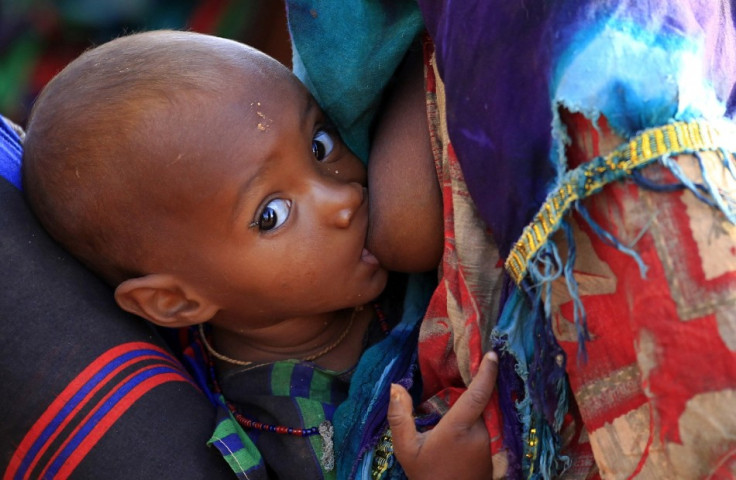Breast Milk 'Neutralises HIV and Holds Potential for Prevention Therapy'
Protein in breast milk protects babies from getting HIV from infected mothers, says Duke Medicine research team

Breast milk has the ability to neutralise HIV and so protects babies from getting the infection from their mothers.
Researchers at Duke Medicine, North Carolina, have identified a protein in HIV that has the potential to lead to HIV prevention therapies.
The researchers found a protein in breast milk called Tenascin-C, or TNC), which has previously been identified as having healing properties, also has antimicrobial properties that kills infections such as HIV.
They say this property accounts for why not more nursing infants born to women with HIV also become infected.
Published in the Proceedings of the National Academy of Sciences, the researchers have identified how HNC in breast milk binds to and neutralises HIV, which appears to protect exposed infants who would otherwise have become infected from repeat exposure to the virus.
It is estimated that 330,000 children get HIV from their mothers during pregnancy, birth or breastfeeding every year. International health organisations are looking to eliminate mother-to-child transmission to babies through alternatives to antiretroviral therapy that are not affordable.
Researchers say the breast milk protein could be utilised to develop an oral prevention therapy similar to the rehydration salts routinely given to babies in developing parts of the world.
"Even though we have antiretroviral drugs that can work to prevent mother-to-child transmission, not every pregnant woman is being tested for HIV, and less than 60 percent are receiving the prevention drugs, particularly in countries with few resources," said senior author Sallie Permar.
Captures and neutralises virus
"So there is still a need for alternative strategies to prevent mother-to-child transmission, which is why this work is important."
The researchers took mature milk samples from uninfected women and looked for HIV-neutralisation activity. By separating proteins, they were able to identify the TNC protein.
Further analysis showed how TNC blocks the HIV virus engry by capturing virus particles and neutralising them.
"TNC is a component of the extracellular matrix that is integral to how tissues hold themselves together," Permar said. "This is a protein involved during wound healing, playing a role in tissue repair. It is also known to be important in foetal development, but its reason for being a component of breast milk or its antiviral properties had never been described.
"It's likely that TNC is acting in concert with other anti-HIV factors in breast milk, and further research should explore this, but given TNC's broad-spectrum HIV-1-binding and neutralising activity, it could be developed as an HIV-prevention therapy, given orally to infants prior to breastfeeding, similar to the way oral rehydration salts are routinely administered to infants in developing regions."
She said that because TNC a naturally occurring component of breast milk, it is inherently safe and may also avoid the problem of HIV resistance to antiretroviral therapies.
Barton F Haynes, director of the Duke Human Vaccine Institute, said: "The discovery of the HIV inhibiting effect of this common protein in breast milk provides a potential explanation for why nursing infants born to HIV-infected mothers do not become infected more often than they do.
It also provides support for inducing inhibitory factors in breast milk that might be even more protective, such as antibodies, that would completely protect babies from HIV infection in this setting."
© Copyright IBTimes 2025. All rights reserved.






















